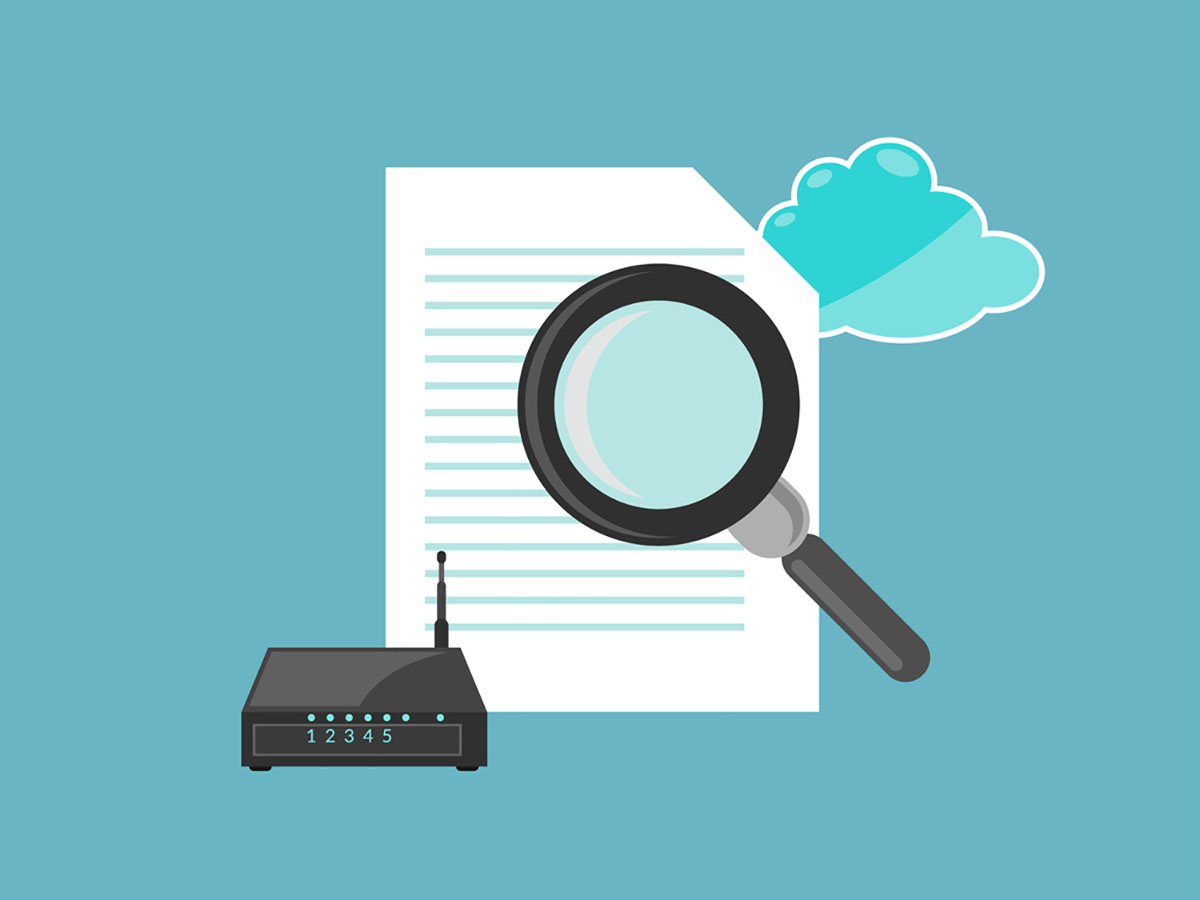Critical Infrastructure and Key Resources, often abbreviated as CIKR, are essential systems, facilities, and functions whose disruption or destruction might have significant adverse impact on the security, economy, public health, or any combination of these aspects within a nation or region. These assets can be physical, such as bridges, tunnels, or power stations, or virtual, like financial systems or databases. They are deemed critical because their incapacitation would create significant disruption or even chaos in society. Examples of industries or sites that might be classified under CIKR include utilities, hospitals, telecommunication networks, and financial services.
Critical Infrastructure and Key Resources Examples
1. Power Plants
Power Plants are a prime example of Critical Infrastructure and Key Resources (CIKR). They play an indispensable role in maintaining the electricity supply for cities, towns, and rural areas. In essence, they are the heartbeat of the modern world, providing the energy that fuels the everyday activities of households and the operations of industries, offices, hospitals, and more.
Stay One Step Ahead of Cyber Threats
The disruption of a power plant’s functionality means a break in the supply of electrical energy. This could impose a halt on various essential functions and systems that depend on electricity. For instance, residential electricity feeds important home systems like lighting, heating, and cooling. Its absence would drastically affect people’s comfort and, in some instances, survival.
In the industrial sector, power outages can halt production processes leading to severe economic losses. Moreover, critical institutions such as hospitals, security services, and communication centers also largely depend on a steady electricity supply to function efficiently. Hence, power plants are considered a chief component of CIKR and their robust protection is necessary for societal stability.
2. Hospitals
Hospitals represent another quintessential example of Critical Infrastructure and Key Resources (CIKR). They form the core of the healthcare sector and provide a range of medical services, from routine medical consultations to critical emergency care, surgeries, and treatments for various diseases and conditions.
Disruptions in the functioning of hospitals can have drastic effects. If a hospital’s operations were to be compromised, it could put many lives at risk. This includes not just the lives of patients currently admitted to the hospital, but also those who might need immediate medical attention, such as in the case of accidents or sudden illnesses. Considering that hospitals often host sophisticated medical equipment requiring steady power supply and high-speed communication networks, their importance as a CIKR entity becomes undeniable.
Therefore, laborious efforts are often made to ensure the continuous operational capability of hospitals amidst a range of potential threats. Hospitals play a vital role in sustaining public health and well-being, hence they’re a significant part of a nation or region’s Critical Infrastructure and Key Resources.
3. Telecommunication Networks
Telecommunication Networks are another vital example of Critical Infrastructure and Key Resources. These networks play a pivotal role in maintaining communication, disseminating information, facilitating business transactions, and ensuring operational continuity across a myriad of sectors like banking, media, transportation and healthcare, among others.
Any disruption or ceasing of telecommunication networks could indeed spell disaster, leading to a complete breakdown in communication, failure of online transactions, and severing of crucial information exchange lines. The impact could be enormous and far-reaching, affecting every facet of people’s lives, from their personal communications to professional interactions.
Given the vast threads of dependency reliant on these networks, their maintenance and protection are of paramount importance. Organisations make substantial investments in safeguarding and continuously updating their IT infrastructure to avert potential threats and disruptions. Evidently, Telecommunication Networks serve as an essential backbone of society and are a critical part of the CIKR framework.
Conclusion
In a nutshell, Critical Infrastructure and Key Resources such as power plants, hospitals, and telecommunication networks, play an incredibly pivotal role in society. Maintaining the operational efficiency of such infrastructures holds the key to societal stability, economic prosperity and overall public well-being.
Key Takeaways
- Power plants, as part of CIKR, are crucial for maintaining electricity supply, driving the functioning of homes and industries.
- Hospitals, another key CIKR entity, are at the core of healthcare systems, providing a myriad of medical services essential for public health and well-being.
- Telecommunication networks, a vital CIKR component, facilitate communication, data exchange, and continuity of various operations across sectors.
- Any disruption in these CIKR can dramatically affect society, economy, and public health, requiring utmost protection and continuous maintenance for these entities.
- The importance of CIKR cannot be overstated, considering their role as the backbone of societal stability and economic prosperity.
Related Questions
1. What could be the potential dangers to Critical Infrastructure and Key Resources (CIKR)?
CIKR can potentially face threats from natural disasters, cyber-attacks, terroristic activities or any form of intentional sabotage that could disrupt their functioning.
2. Why do telecommunication networks form a significant part of CIKR?
Telecommunication networks are vital for connectivity, data exchange and the smooth operation of various industries and sectors. Any disruption in their functioning could cause significant adverse effects on society and the economy.
3. What role does government play in protecting CIKR?
Government organisations often have departments that work toward the protection and resilience of CIKR, developing strategies and regulations to safeguard these vital assets against potential threats.
4. How has the concept of CIKR evolved with technological advancements?
With rapid technological advancements, the concept of CIKR has expanded to include digital and cyber aspects, like databases, information systems, digital payment platforms and more.
5. What are some measures for the protection of CIKR?
Protection measures include robust physical security systems, cyber threat monitoring, disaster management plans, stringent regulations for security compliance, and ongoing maintenance and testing of the infrastructure.
"Amateurs hack systems, professionals hack people."
-- Bruce Schneier, a renown computer security professional






